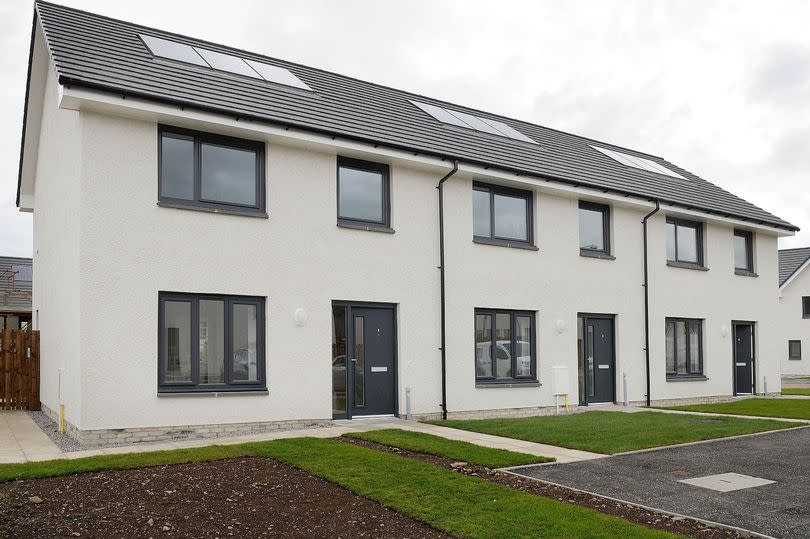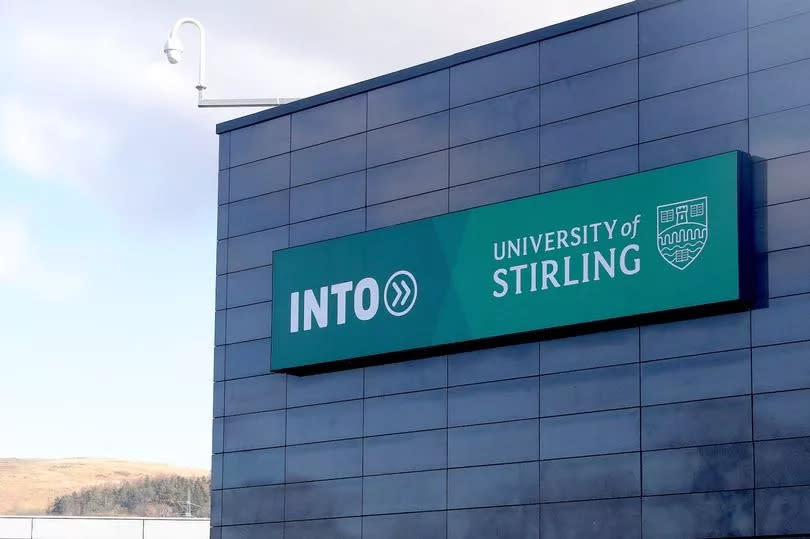New report highlights state of issues with homelessness and housing access in Stirling

A new report has laid bare the issues of the housing sector in Stirling after a quadrupling in calls for support for rent issues in the last four years.
The work has been commissioned by Stirling’s Citizens Advice Bureau following several homeless clients presenting at the bureau over a “short period of time” due to being unable to get answers from other agencies.
It led the CAB team to look into whether there were unique local factors at play in Stirling which the charity could work to negate and help understand the problems being faced by those with housing uncertainty.
The report goes into depth on the situation locally across a number of key areas - including the state of the private rented sector; issues with social housing; and the handling of homelessness applications.
The CAB stats reveal that 39 council tenants presented at the bureau in 2023 looking for support related to difficulty making rent payments compared to just 10 in 2020.
There was also a surge in council tenants worried over possession claims due to arrears, which rose from just two in 2021 to 11 last year.
Among the areas raising concern within the CAB report is the average waiting time for a council property in Stirling, currently sitting at 1,316 days - almost double the pre-pandemic waiting time.
Meanwhile, rents have also increased over the last decade, with mean rents having the third-highest cumulative rise for the period between 2010 and 2022 behind only the Greater Glasgow and Clyde and Lothian regions.
A key pressure revealed in the report is the impact of Stirling’s increasing student population on the scarcity of private rented accommodation around the city.
The registered student roll has shot up from 14,000 in 2017/18 to 18,500 in the current year, with FOI data gathered by the report authors stating that 1,923 students were accommodated on campus and a further 810 living in university-managed properties.
Despite the rise in student numbers, the report claims there has been no change in campus-based HMOs and only an additional 14 private rental HMO since 2018.
Across Stirling as a whole, there has been a rise of just over three per cent in registered private rental properties in the same period, with 6275 registered in 2023.
The report cites a survey from the university’s student union which said 60 per cent of respondents in private rented properties had struggled to pay rent, with almost a fifth forced to live elsewhere and commute into the city due to lack of availability.
In response to the findings, a Stirling University spokesperson questioned the 18,500 figure, saying this included those studying on the university’s international programmes and not living in the city.

The spokesperson added: “We are acutely aware that students across the country are facing challenges in securing term-time accommodation following the significant contraction of the private rental market – which has resulted in a sharp reduction in both the supply and affordability of rental properties.
“Alongside Stirling Council and Stirling Students’ Union, we are committed to exploring long-term sustainable solutions to this national issue.”
Homelessness is another key problem raised by the CAB report.
The rate of homelessness in Stirling per 100,000 of population actually sits below the national average - and according to Stirling Council data, homeless applications have also dropped from a peak of 710 in 2019/20 to 574 in 2022/23.
But the report highlights the average 431 day wait for the council to close a homelessness case, well above the Scottish average of 256 days.
And the use of temporary accommodation is the third-highest in Scotland outside of Edinburgh and Glasgow, with the report questioning the suitability of temporary sites over securing permanent housing placements for those in need.
The revival of ‘empty homes’ across Stirling is one of the areas mooted by the report as a potential solution for the current problems, with 922 properties in this category and a further 606 long-term empty properties in 2023.
A Stirling Council spokesperson said: “We are committed to preventing the disruption and trauma of homelessness and reducing the need for, and time spent living in temporary accommodation.
“In the last year in Stirling, there has been a decrease of live homeless cases, as well as a reduction in households living in temporary accommodation.
“This position compares favourably to national figures and has been achieved through measures introduced to the council’s revised Housing Allocation Policy, including a continued steady number of council lets to homeless applicants.
“To address the shortage of permanent, affordable social housing in the area, the council and local housing association partners have built or acquired over 600 additional affordable homes across Stirling since 2018, and it is anticipated a further 180 new affordable homes will be completed during the current financial year.”

 Yahoo News
Yahoo News 
